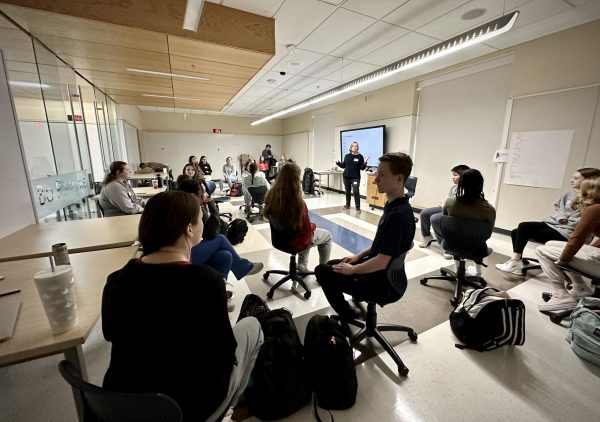Climate Change: How it is Misunderstood
Pixabay License Free for commercial use No attribution required
Climate Change – How it is misunderstood
We have all heard of climate change, but we as world citizens have not heard enough of it. Climate change is happening everywhere. Fluctuations of temperatures in the environment have been and continue to be a worldwide issue. Global issues come with misunderstandings and climate change is no exception. It is never too late to learn them because the more we educate ourselves and the FHS community, the more we can help the world in small, but powerful ways.
Some tend to refer to this crisis as “global warming”. The correct term is “climate change” because cold temperatures can be really bad for our environment too. Scientifically, when any temperature (hot or cold) sits too long, it is harmful to the planet. Using “climate change” shows our full awareness of its possible impacts.
The second misconception is very common and to some people, this will come as a surprise. Sea level rise is not the biggest result of climate change. Sea level rise will only make a major impact if all the ice on the north and south poles melted. Currently, this is not true. The biggest problem instead is all the melted fresh ice water from the arctic slowing down the ocean’s currents. This, you guessed it, causes temperatures to sit too long.
How do we stop it? The answer is renewable energy. There is a misconception around this, that it’s not effective in all types of weather. Humans can still rely on eco-friendly solutions, like solar power, during cloudy and dark weather even if it works a little less. Sunny or not, it’s making our communities better off. Renewable energy is reliable and it should be relied on more. The more solar panels, the better.
Like most major issues, some misconceptions can be complicated. Many believe that if all humans disappeared off the face of the earth that the cooling and warming of the planet would be solved. Some beg to differ. In reality, this is not something we as humans can count on. Ms. Kilbride, earth science/environmental science teacher and advisor of the Green Team provided more insight.
“We’ve managed to add billions and billions of people onto the planet at an alarming rate. Even if we were to drop everything right now, if all humans were to disappear, the temperature is still going to increase, but over time it will be a slow increase and it will start to go back down”.
— Ms. Kilbride
Focus on solutions, not impossible hypotheticals.
The final misconception is a hard pill to swallow. To some, the flooding of cape houses, heat waves, and hurricanes are the least problematic events of this global crisis compared to the grand scheme of things.
Organizations around the world lend a hand to animals of all species as more and more are becoming endangered. Truth is, we need to save ourselves too. Geographically, North America is the last continent to be affected by climate change. There have been major migrations out of Guatemala due to the scarce water sources killing all their crops, along with dust storms in the Saharan. The California wildfires as well, an event that has blown over our heads.
“People should realize this is a moral and ethical humanitarian problem,” Ms. Kilbride went on to say. “There will be wars on who gets the most water.”
Those were only a few misconceptions, yet much to take in. Climate change is not just a past or present problem. More importantly, it is a future problem. Humans have much more to learn so take a stand now and our present can be a starting point for the end of climate change and a healthier world. Recycle, use less gas, and rely on natural solutions. Do this and the misunderstandings will only be a slight mistake against a powerful movement.
If you are interested in getting even more involved, join the Green Team, on Mondays at 2:15. The classroom code is zvvmh27.












